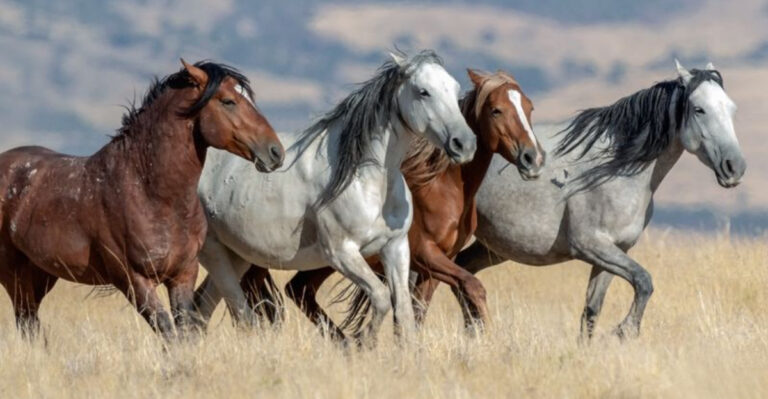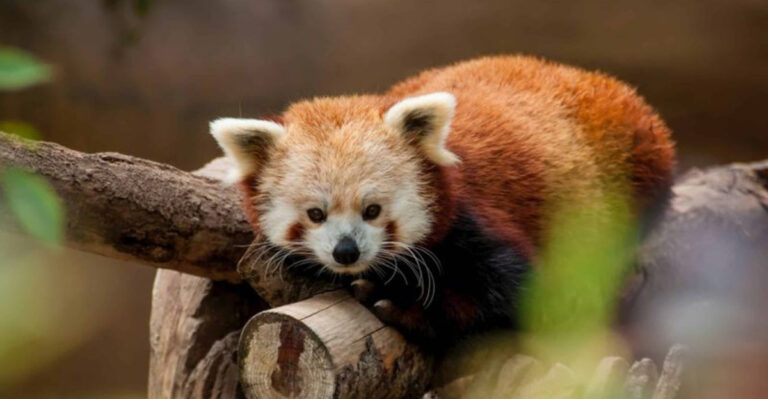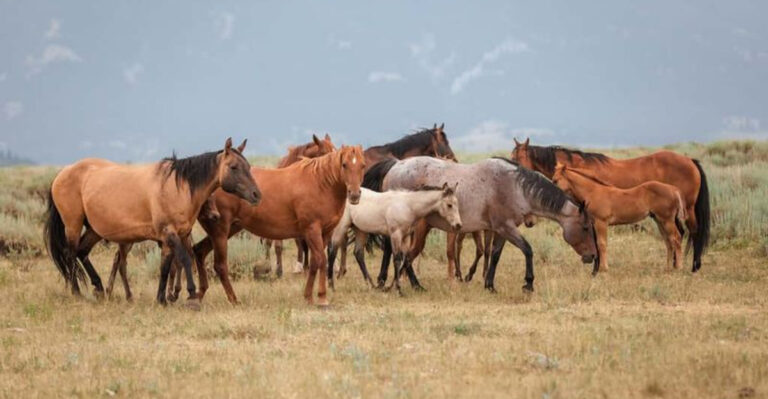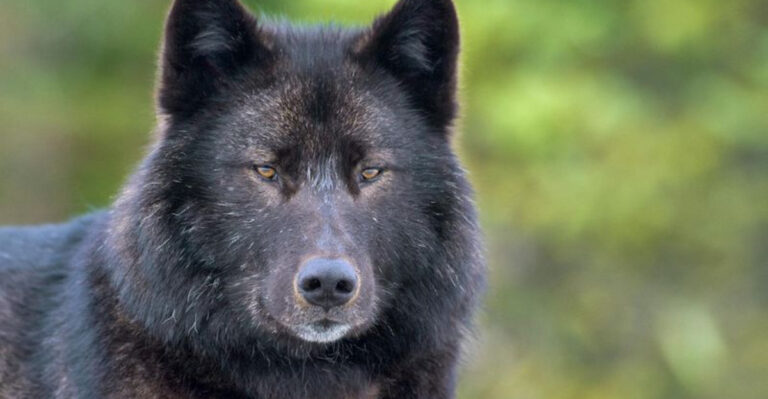14 Largest Animals In The World That Will Blow Your Mind (Complete List With Pictures)
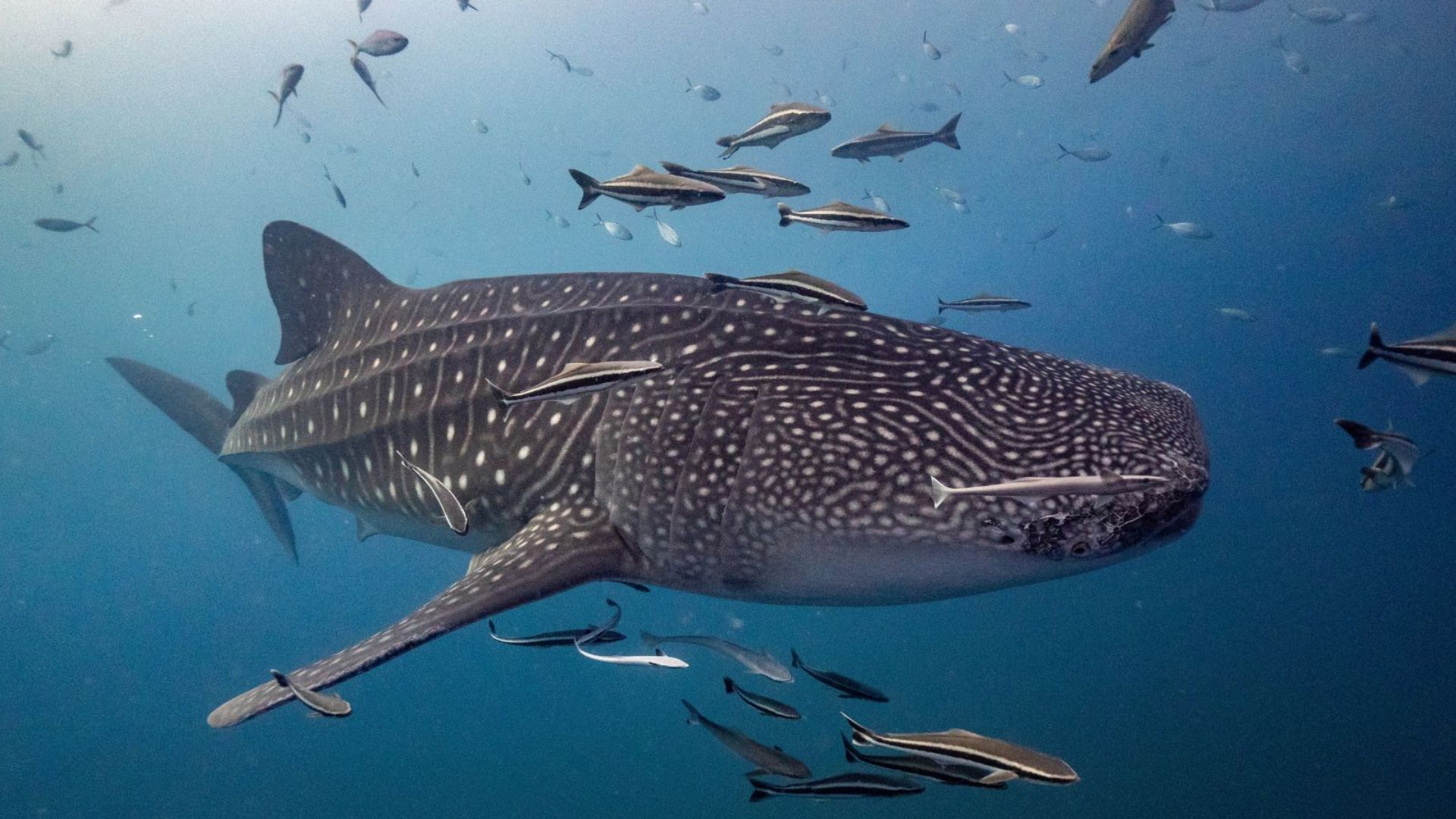
Have you ever felt tiny? Well, you really don’t know what that feels like until you see these giant creatures.
From the small giants to the gigantic monsters of the ocean, I’m going to show you the world of the largest animals on our planet.
Usually, when we think about the biggest animals on Earth, we often imagine those massive ones like whales or elephants. But still, we shouldn’t forget about the smaller giants that dominate their own habitats.
1. Goliath Beetle, A Little Giant
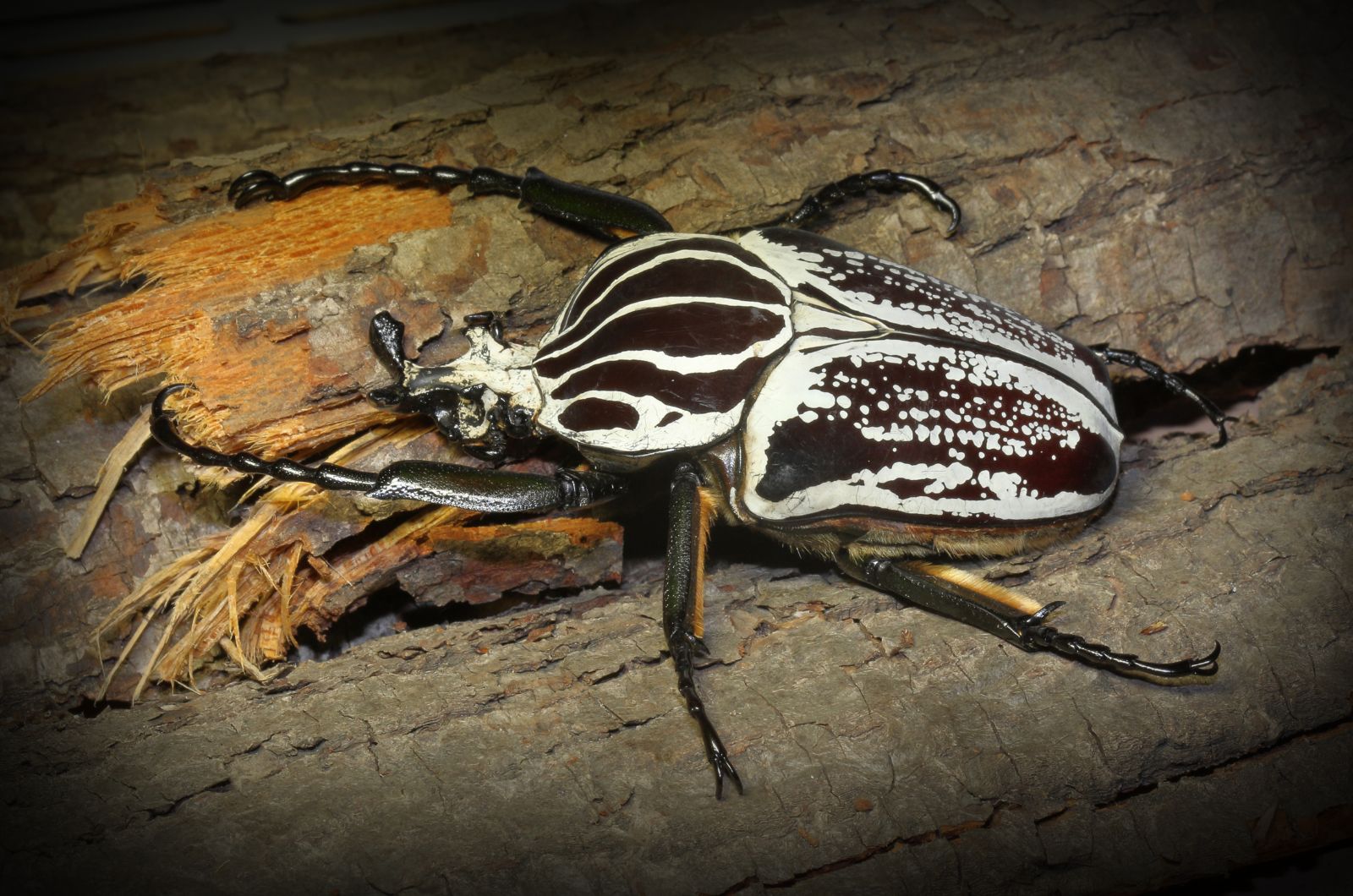
Credit: Shutterstock
So, first, let me introduce you to the Goliath beetle, the true heavyweight champion among insects.
These enormous beetles can measure up to 5 inches in length and can weigh around 3,5 ounces, which is about the size of a small bird!
Their larvae are even more impressive, growing up to 10 inches long. They might be little, but they are incredibly powerful!
2. Chinese Salamander, A Real-Life Living Fossil
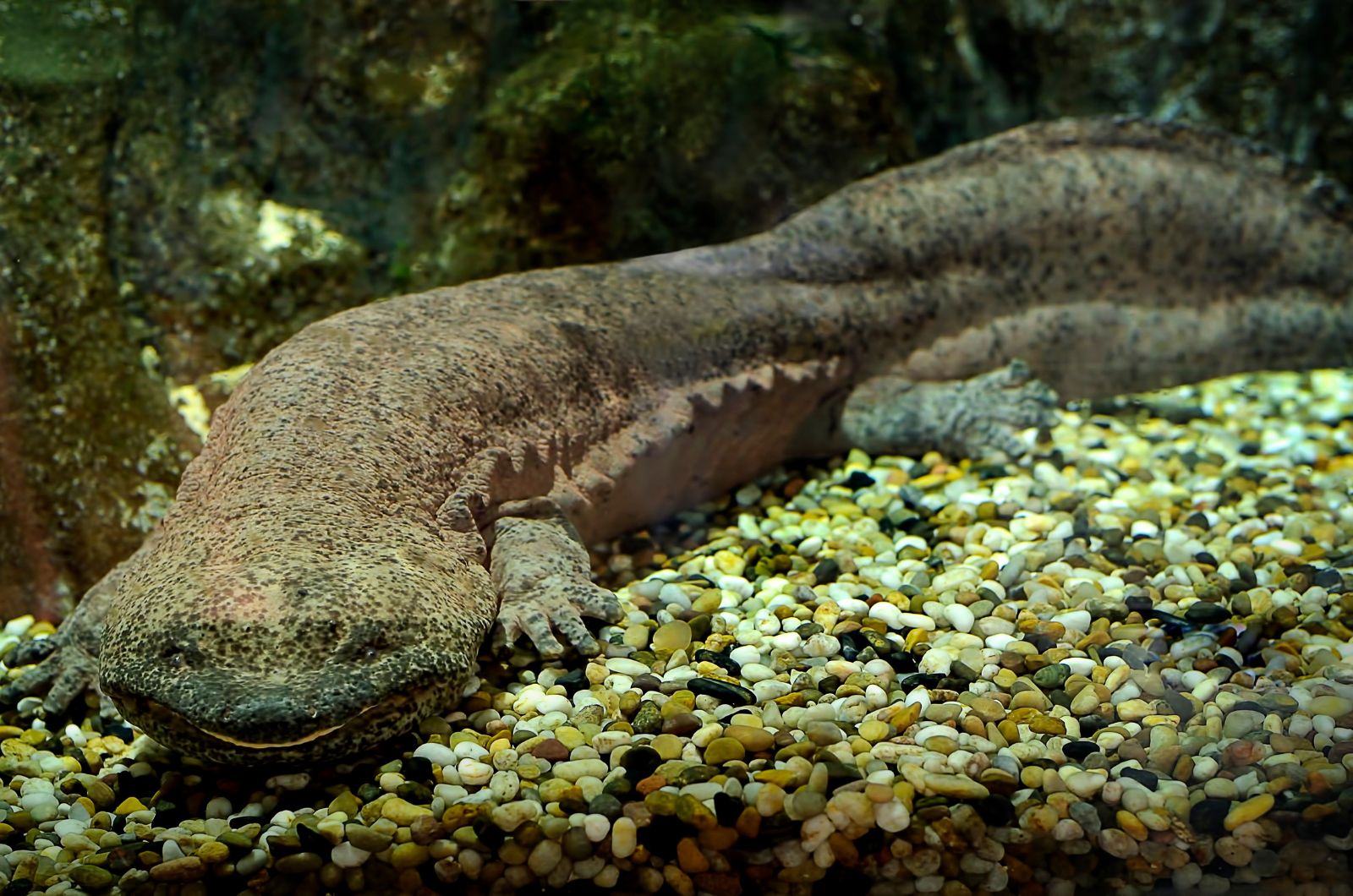
Credit: Shutterstock
Next up, let’s talk about the giant Chinese salamander, which is the biggest amphibian on our planet. This slippery giant can grow as long as 6 feet and can weigh more than 140 pounds. It’s even larger than some dogs!
Sadly, these ancient animals are critically endangered because of losing their homes and being hunted too much.
3. Biggest Of The Birds, The Ostrich
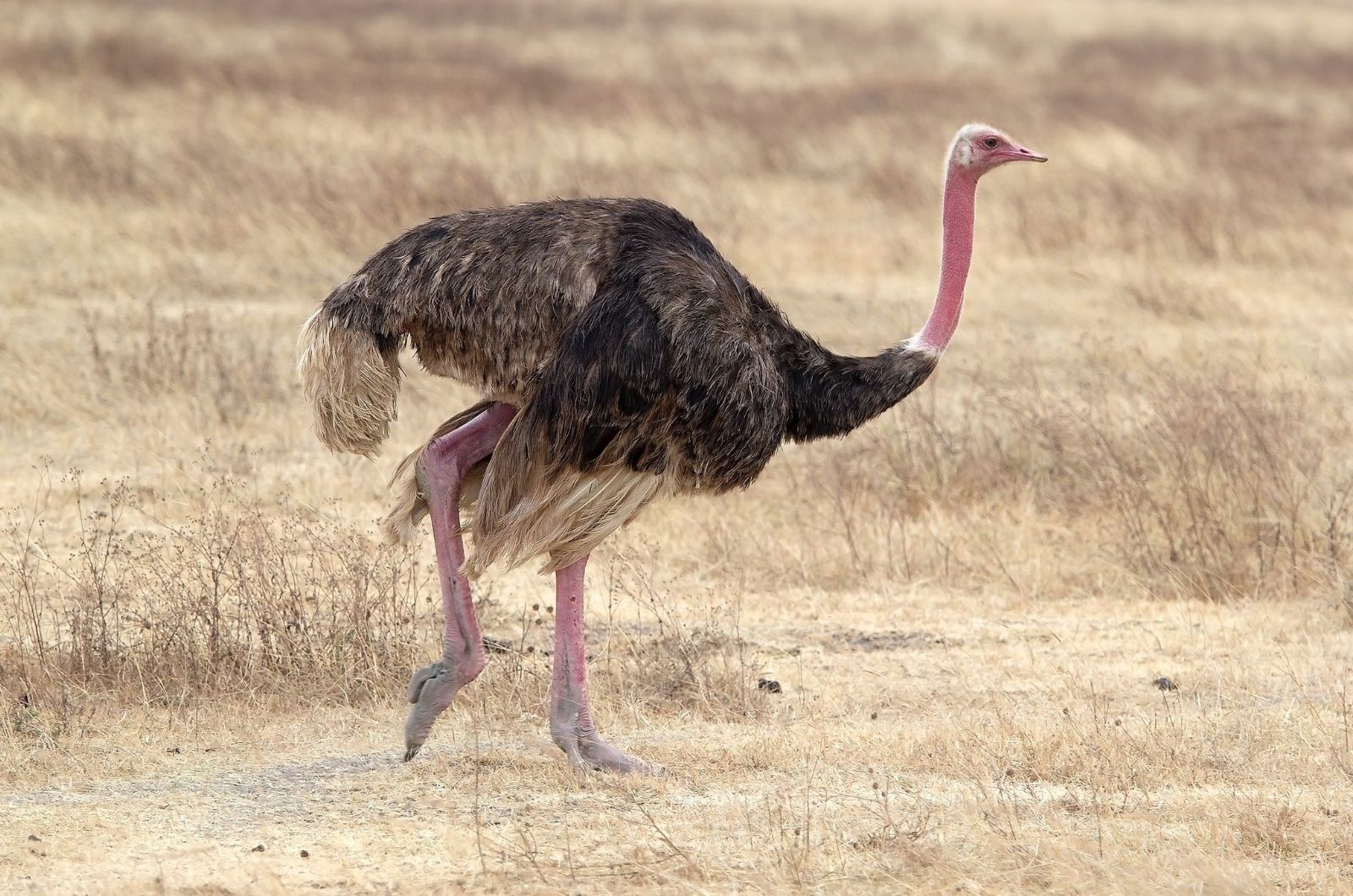
Credit: Shutterstock
The ostrich is the biggest bird in the world, and even though it can’t fly, it can run really fast!
These amazing birds can sprint at speeds of up to 44 miles per hour, which makes them some of the quickest animals on land. Who needs to fly when you have such powerful legs?
4. The Saltwater Crocodile, A Giant From The Past
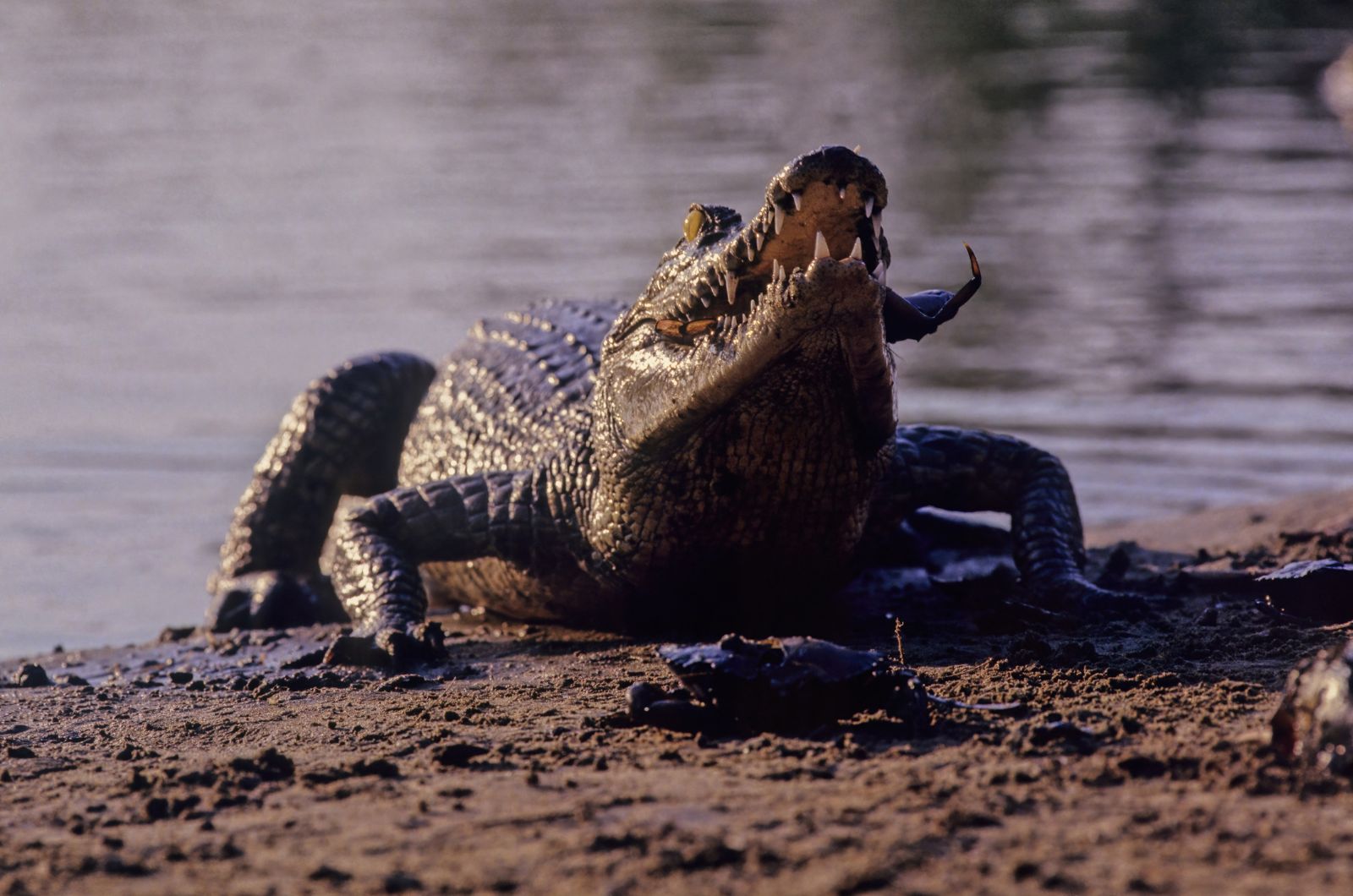
Credit: Shutterstock
Now, we can’t forget the reptiles! The saltwater crocodile is the biggest reptile alive today. These ancient hunters can reach lengths of up to 23 feet and can weigh more than a ton!
They are at the very top of the food chain, which means they have no natural enemies. So, if you ever happen to be in their area, it’s smart to stay far away!
5. The Big Softie Of The Ocean, The Whale Shark
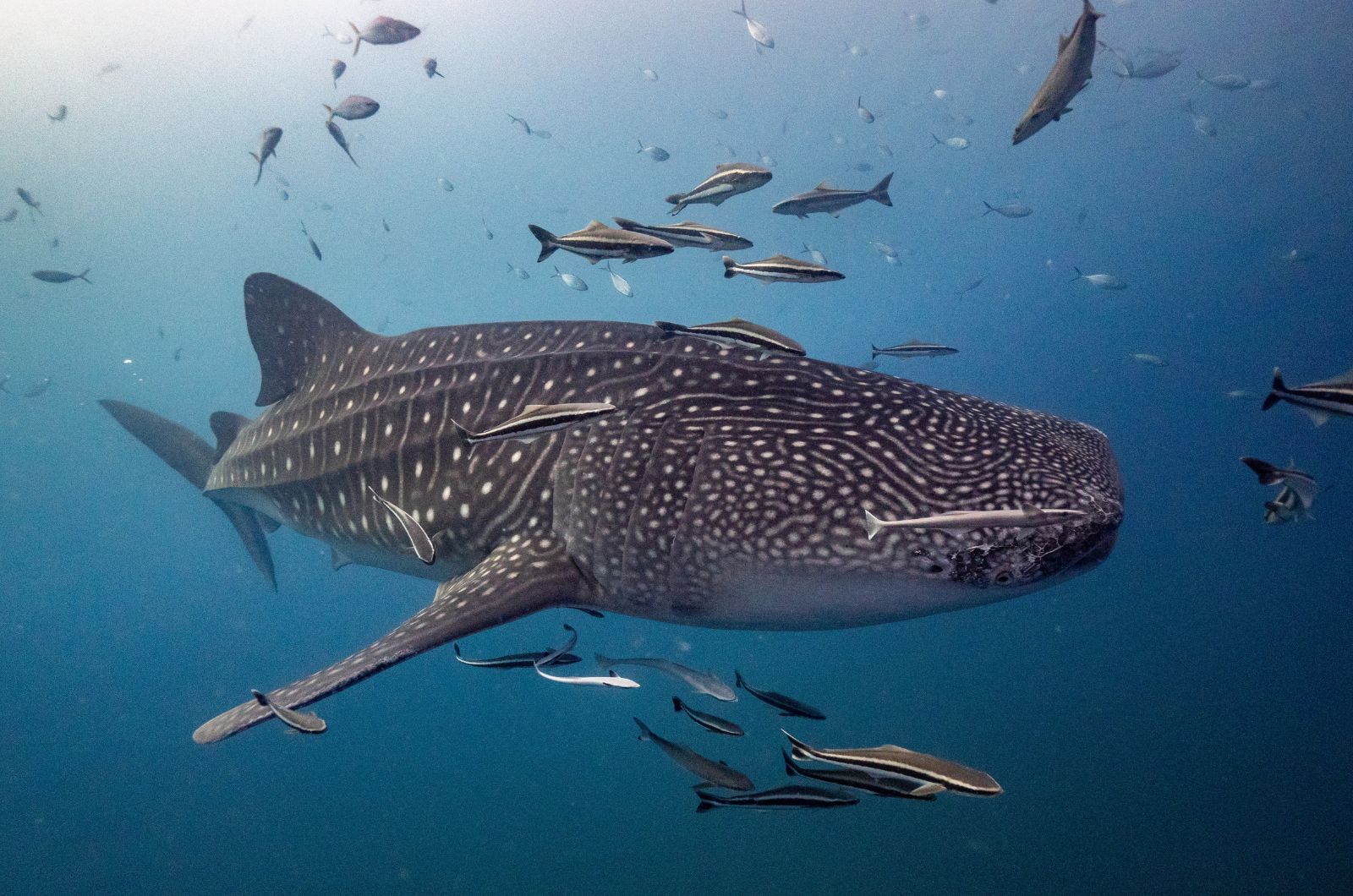
Credit: Shutterstock
The whale shark holds the title for one of the biggest fish in the ocean, but it’s not alone! These enormous creatures can reach lengths of up to 65 feet and can weigh more than 40,000 pounds!
Even though they are so big, they feed on tiny plankton, acting like a huge vacuum cleaner in the water!
6. The Polar Bear, The King Of Cold
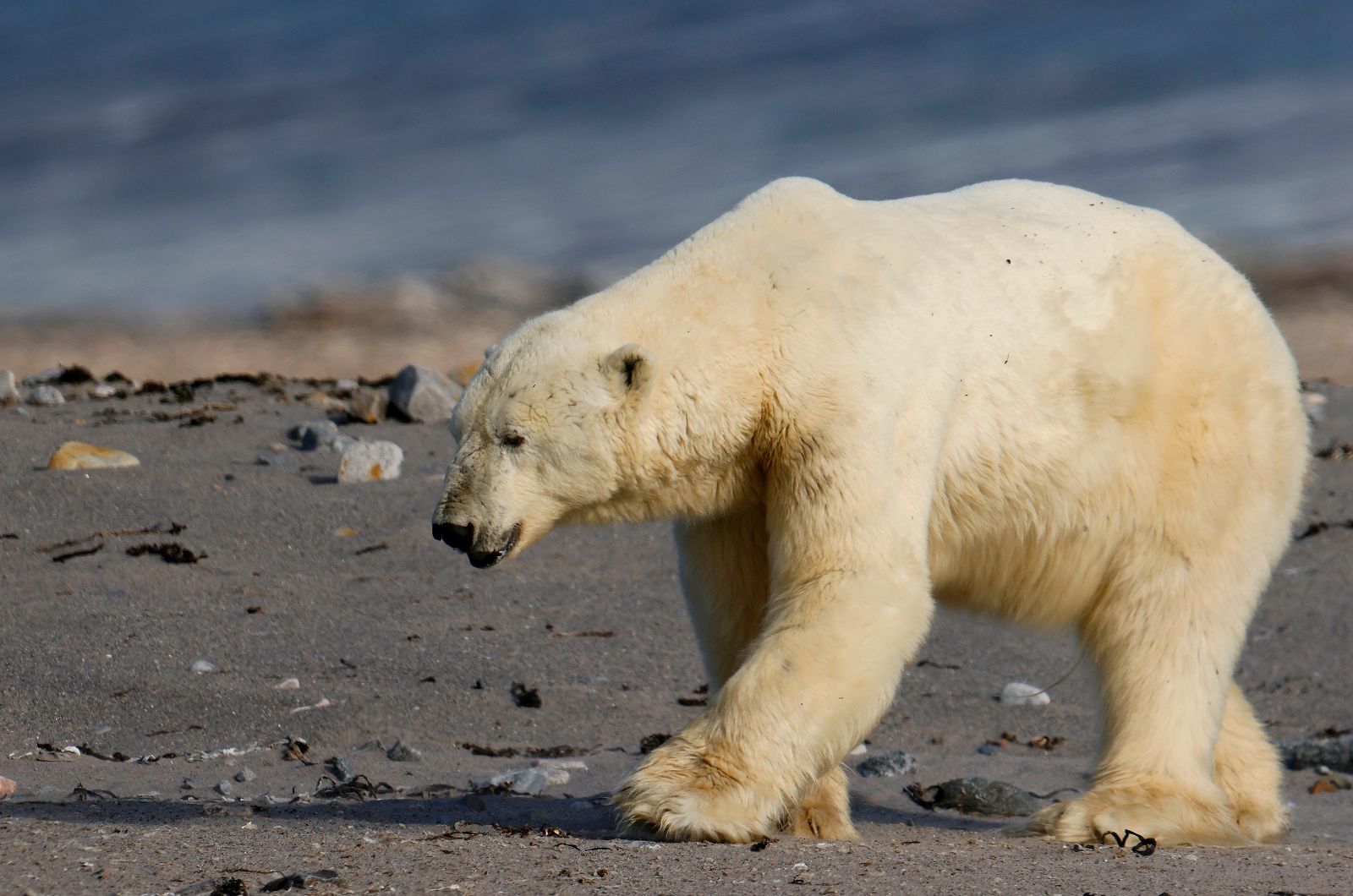
Credit: Shutterstock
Now, when we talk about meat-eaters, then, the polar bear is the largest animal on land. These amazing animals are specially designed to thrive in cold environments, thanks to their thick fur and a layer of fat that keeps them warm.
They are also fantastic swimmers and can stay in the icy waters of the ocean for a long time.
7. The Giraffe, The Tallest Mammal
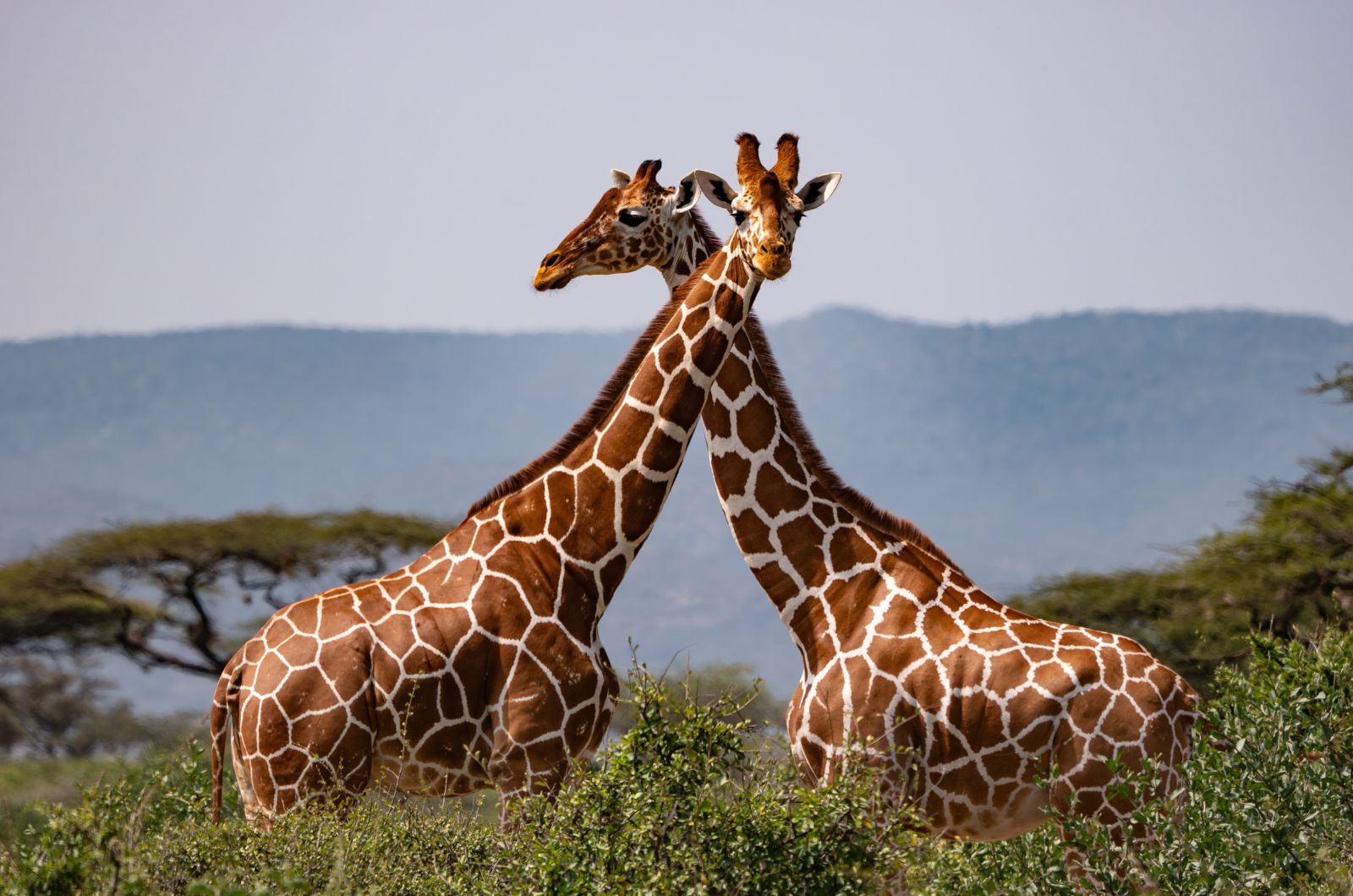
Credit: Shutterstock
Now, they may not be the biggest, but giraffes sure are the tallest mammals that walk on land.
Their super long necks help them grab leaves from the tops of trees that other animals can’t get to. Plus, they have really long tongues that they use to pull leaves off branches. Cool, isn’t it?
8. The Largest Land Animal, African Elephant
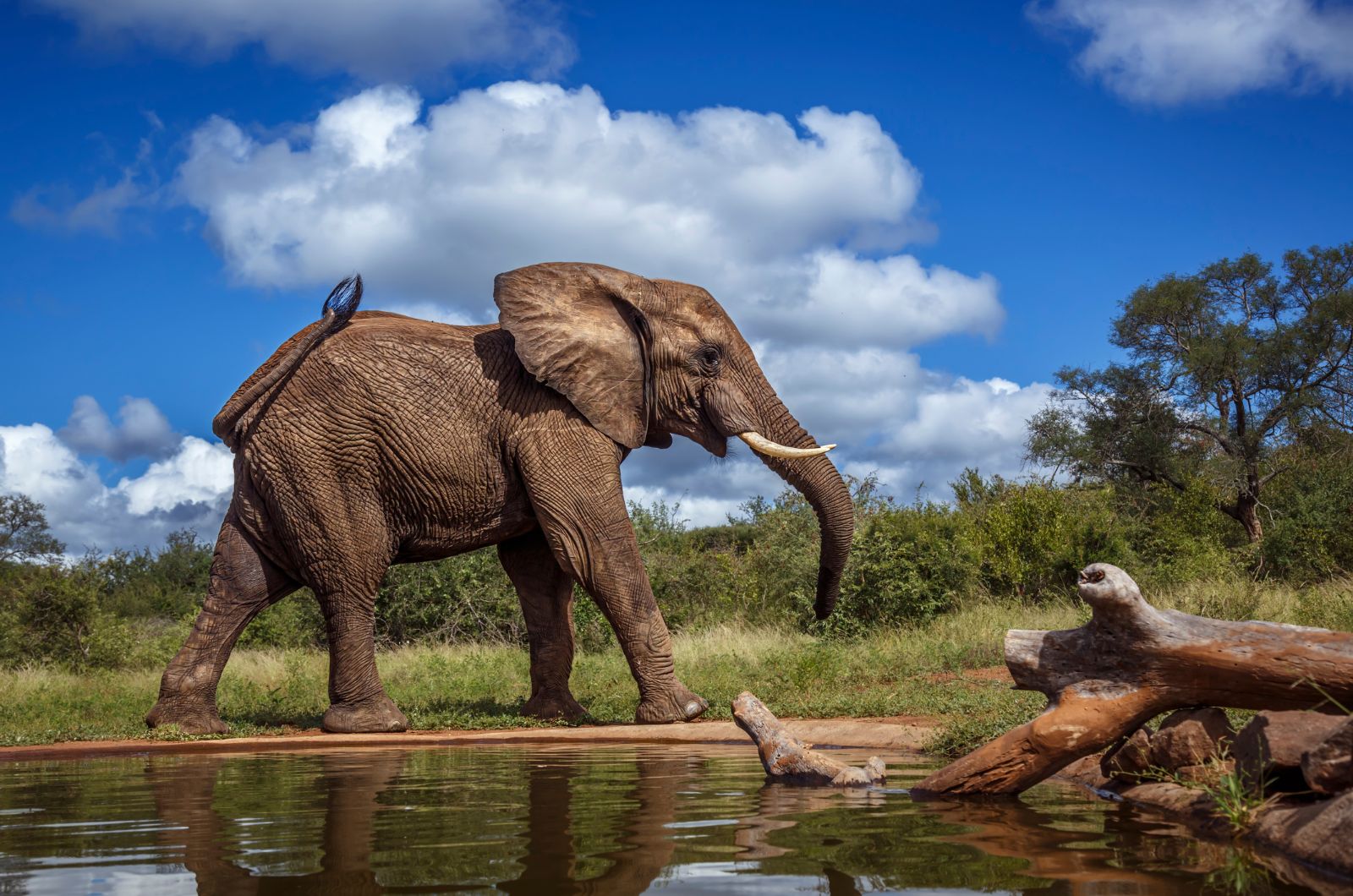
Credit: Shutterstock
The African elephant also holds the title for one of the biggest land animals on the planet, and it’s easy to see why!
These massive creatures can weigh as much as 14,000 pounds and can be more than 10 feet tall. Also, they are very smart and social, often living in big family groups.
9. The Grizzly Bear, Force Of Nature
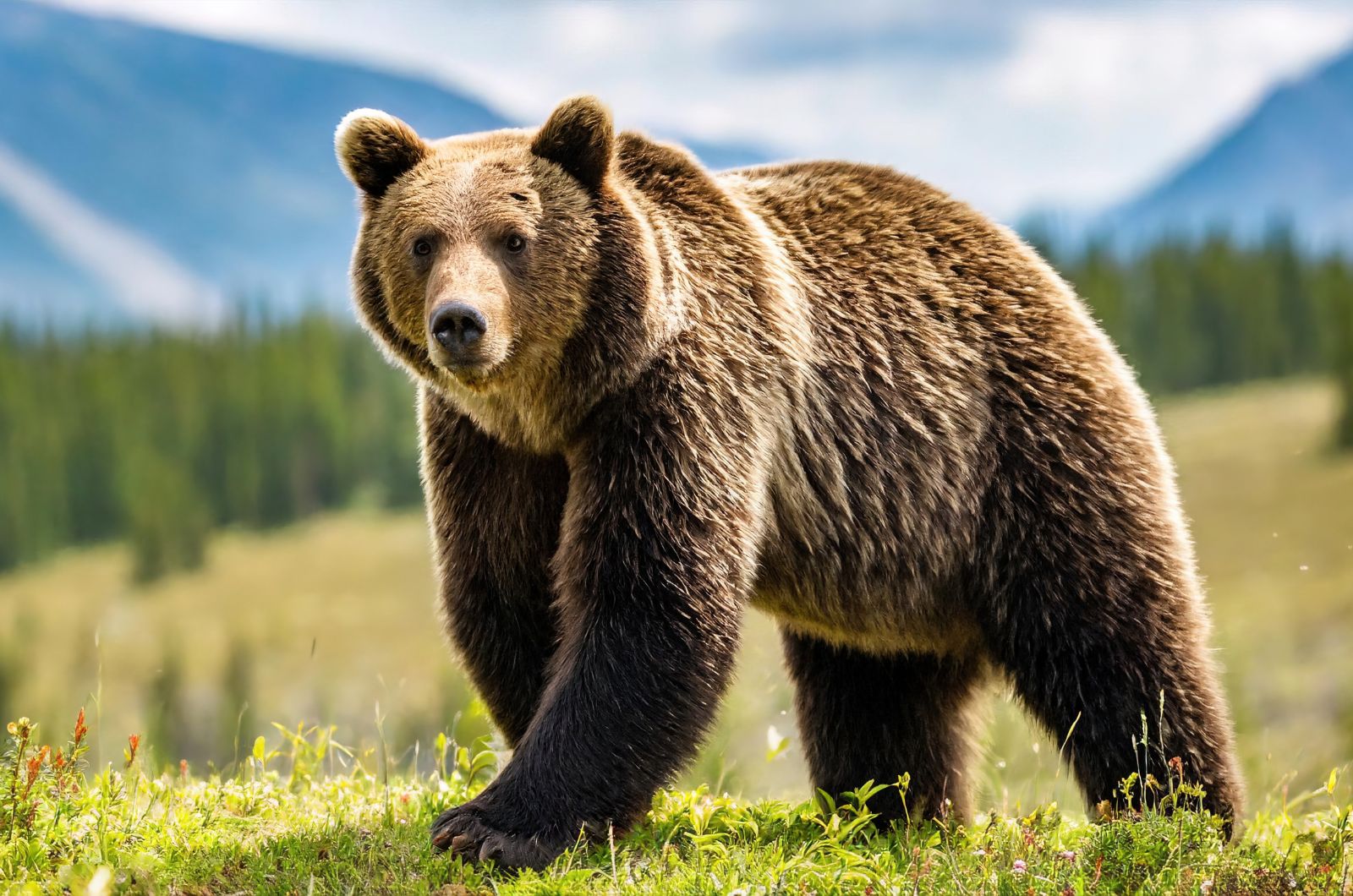
Credit: Shutterstock
Even though the grizzly bear isn’t the biggest animal on the planet, it definitely deserves respect.
These huge predators are at the top of the food chain in North America, famous for their amazing strength and might. A big male grizzly can weigh more than 800 pounds and reach heights of over 8 feet when standing on its back legs.
Grizzly bears are really smart creatures, recognized for their ability to solve problems and adjust to new surroundings. They are also strong swimmers and can climb trees, showcasing their impressive skills.
10. The Magnificent Hippo
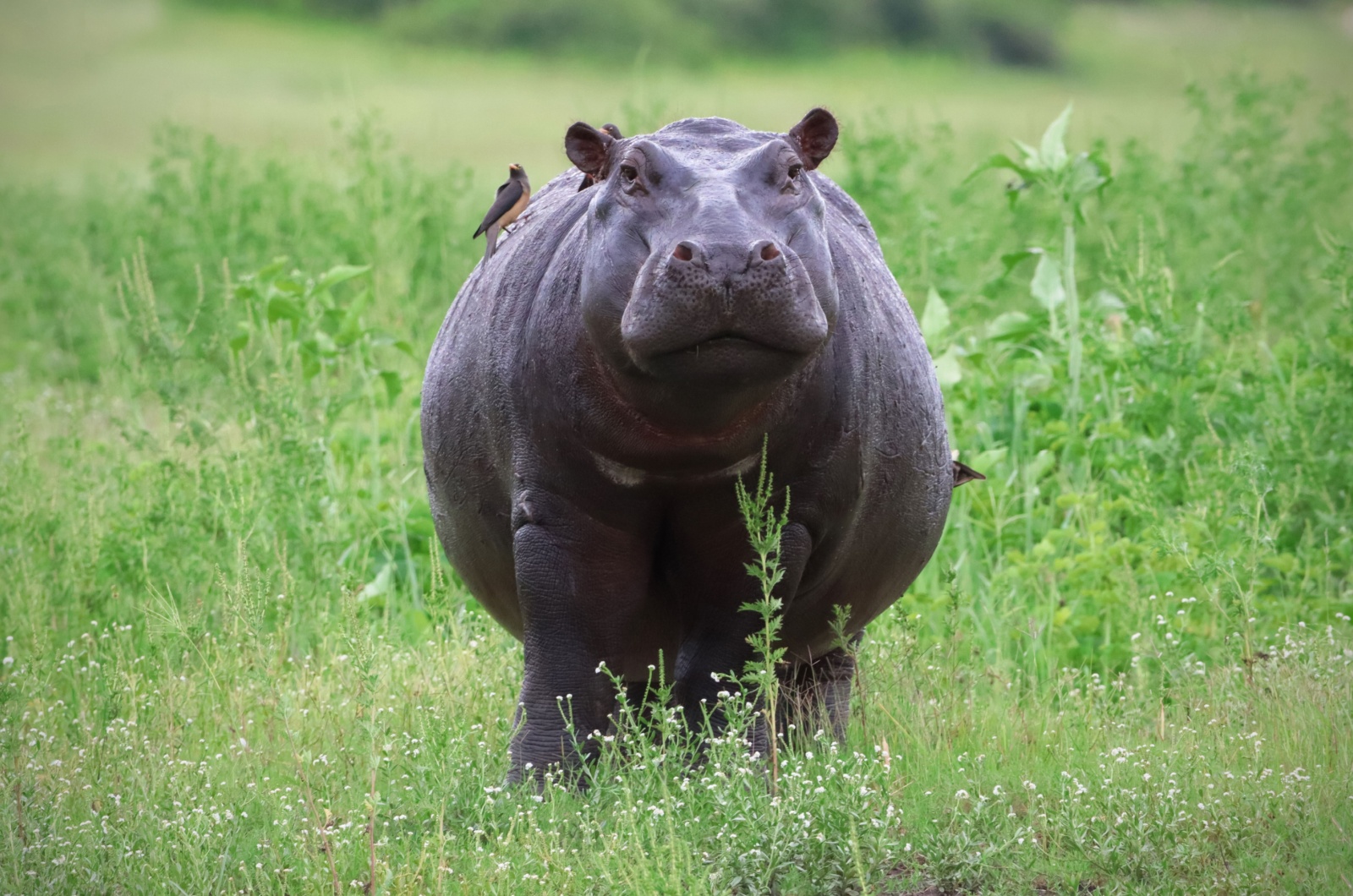
Credit: Shutterstock
Hippos are true giants of the animal world, weighing up to 4,000 pounds and measuring over 10 feet long! Despite their hefty size, these massive creatures can run surprisingly fast on land, reaching speeds of 20 miles per hour.
Living in rivers and lakes, hippos spend most of their time submerged, but their size and power are impossible to ignore, making them one of Africa’s most impressive, and sometimes dangerous, animals.
11. The Giant, Yet Stunning Manta Ray
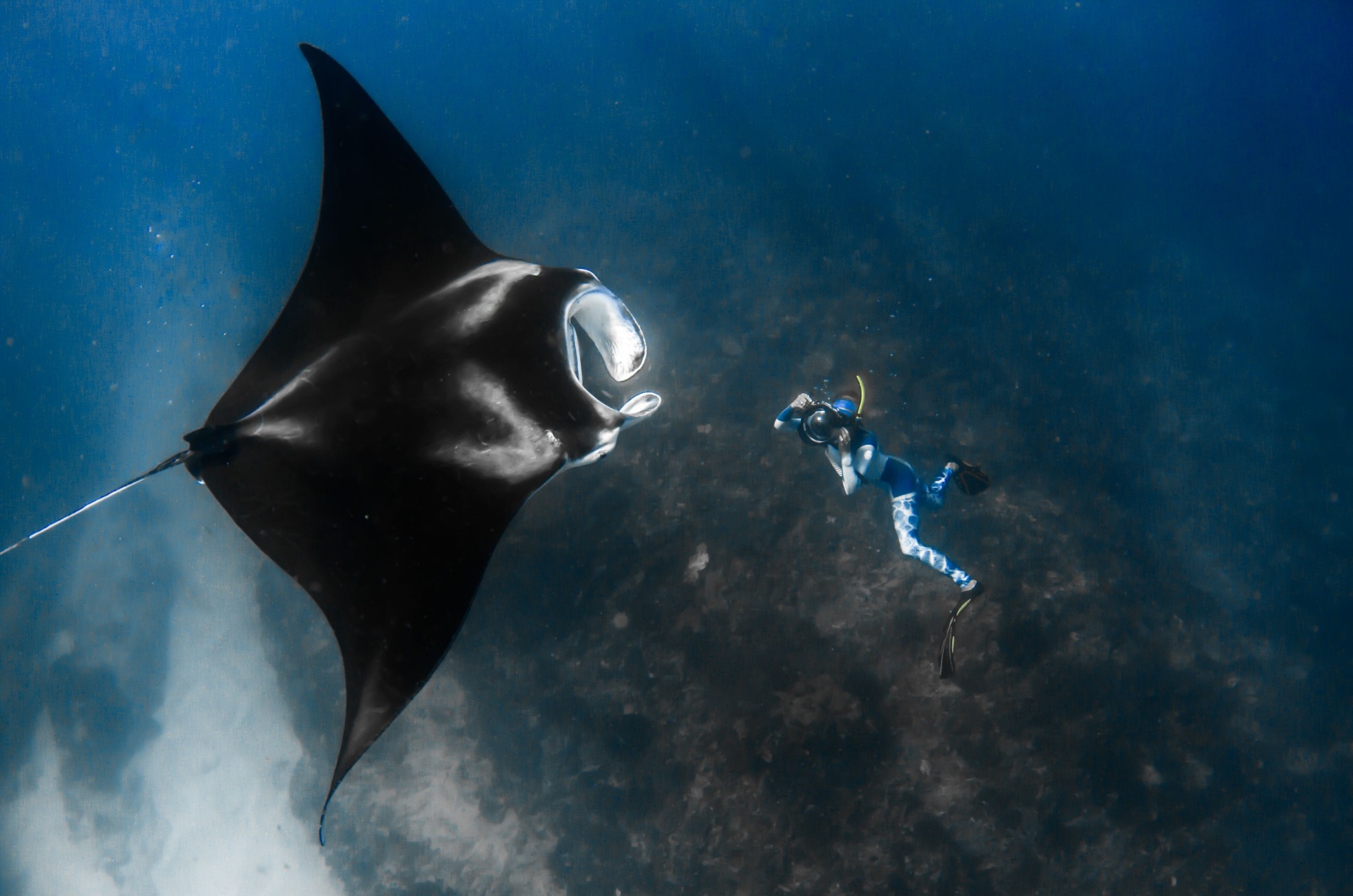
Credit: Shutterstock
Giant manta rays are truly awe-inspiring creatures, with wingspans that can stretch up to 29 feet! These gentle giants glide gracefully through the ocean, using their massive size to filter plankton from the water as they swim.
Manta rays are harmless to humans and are known for their curious and playful nature.
12. The Largest Animal On The Planet, The Blue Whale
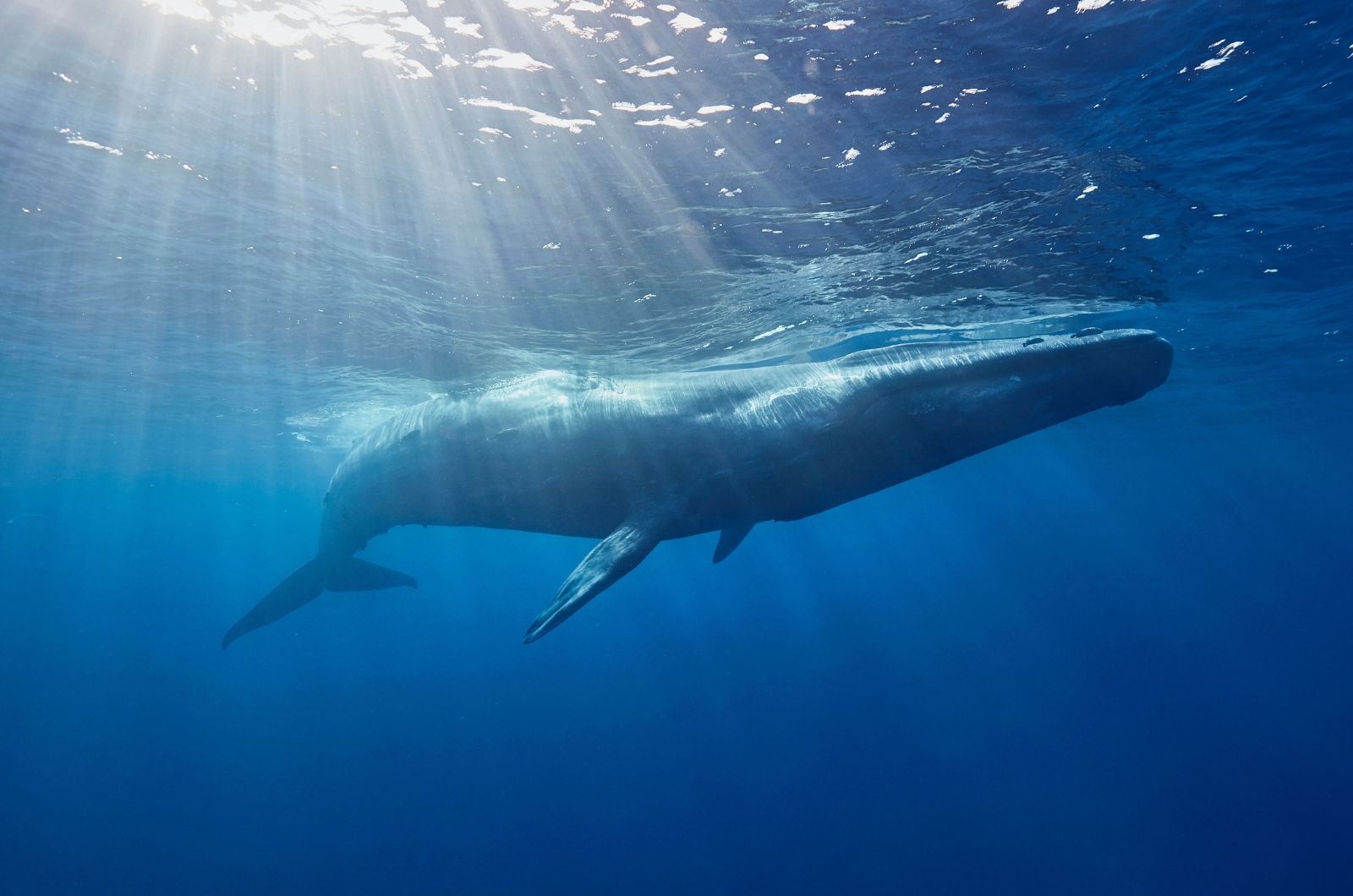
Credit: Shutterstock
Finally, we have the biggest of them all! The blue whale is known as the largest animal to have ever lived on our planet.
These amazing creatures can reach lengths of up to 98 feet and can weigh over 100,000 pounds.
Even though it sounds funny, they eat by filtering small plankton from the ocean. Despite their enormous size, they still swim very gracefully through the water, believe it or not.
13. The Anaconda, The Largest Snake
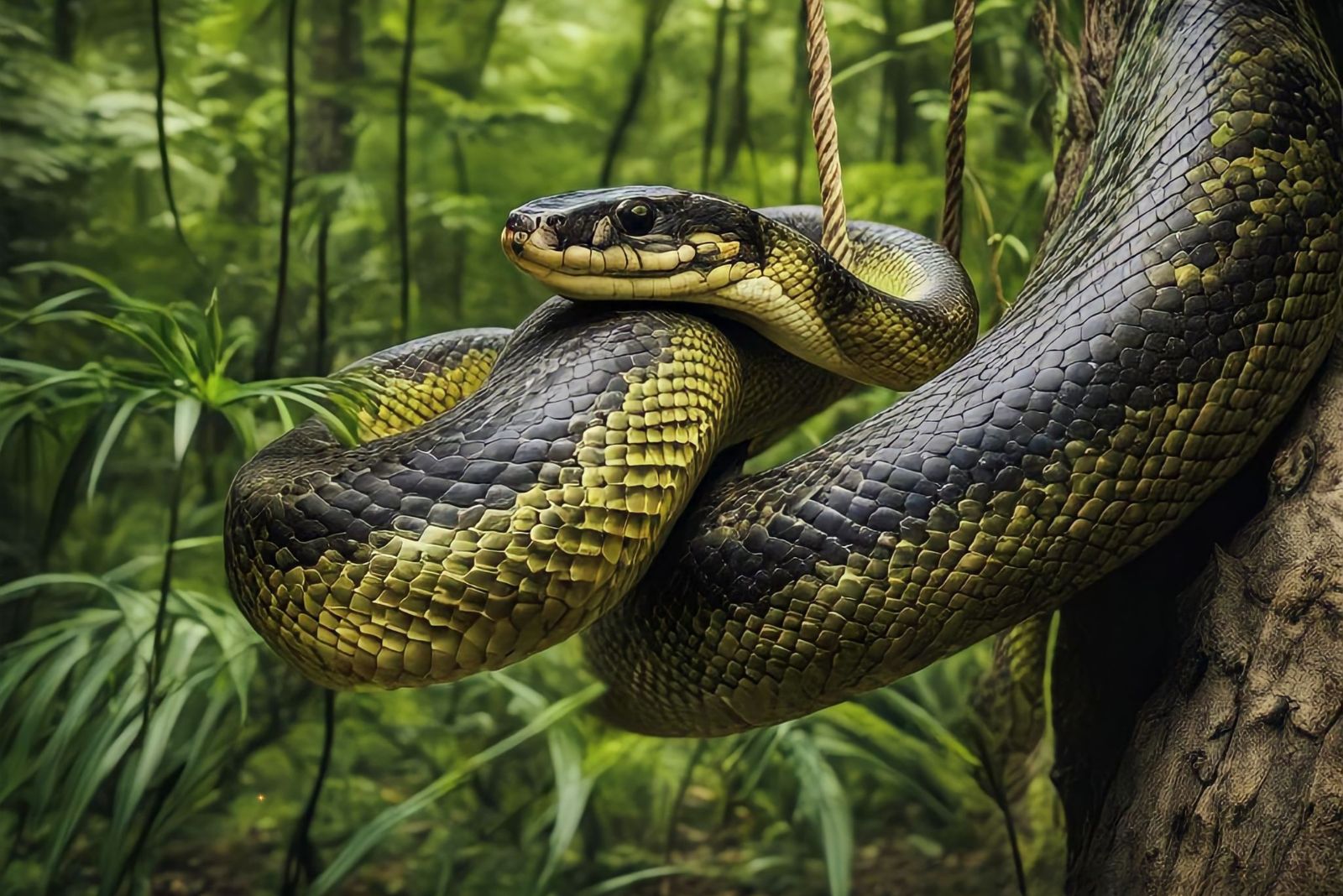
The green anaconda is the largest snake in the world, both in weight and girth, and is found in the swamps and rivers of South America. These massive reptiles can grow up to 30 feet in length and weigh more than 550 pounds!
Known for their incredible strength, anacondas can constrict prey much larger than themselves. Despite their size, they are excellent swimmers and often spend their time lurking beneath the water’s surface, waiting for unsuspecting prey to pass by.
14. The Ocean Sunfish, A Giant That Floats
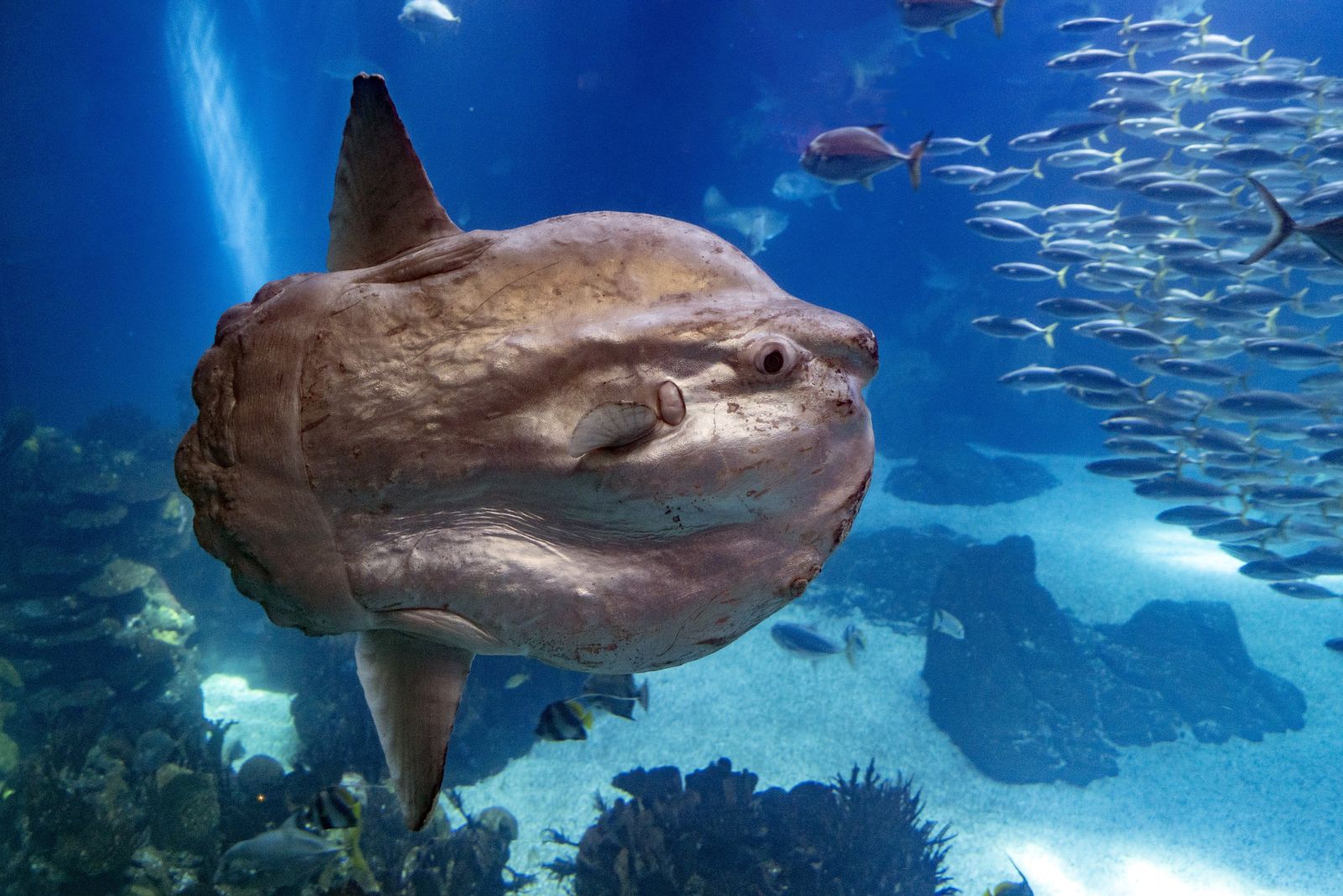
The ocean sunfish, or mola mola, is one of the heaviest bony fish in the world, weighing up to 5,000 pounds and growing over 10 feet in length. These fascinating marine giants are known for their flat, disc-like shape and slow, floating behavior near the ocean’s surface.
Despite their enormous size, sunfish primarily feed on jellyfish, making them gentle giants of the sea. They are often spotted basking in the sun at the water’s surface, an iconic sight for ocean enthusiasts.



